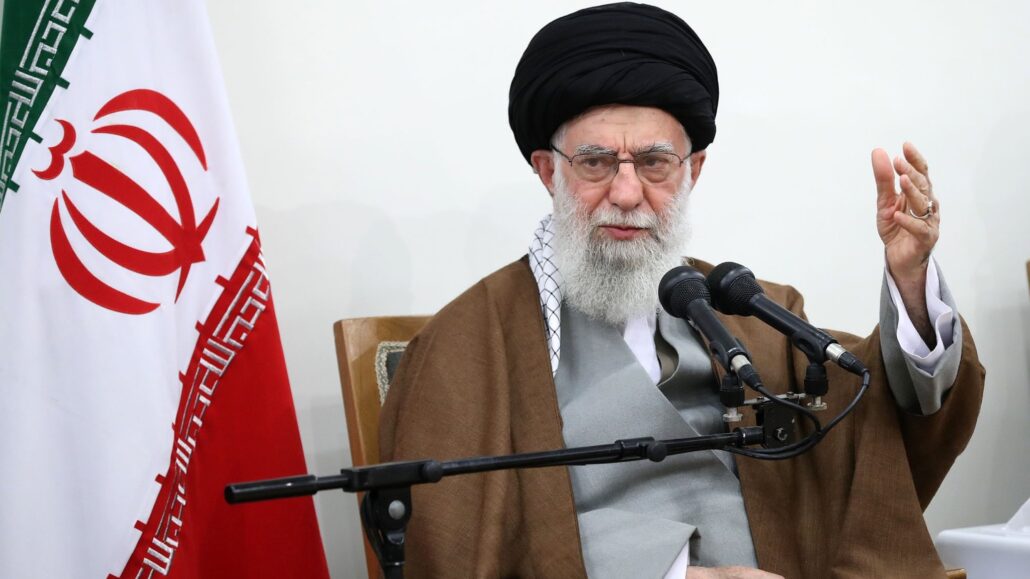
Iran’s Supreme Leader Ayatollah Ali Khamenei has reportedly ordered a retaliatory strike against Israel in response to Israel’s October 26 airstrikes on Iran.
The Iranian military’s cryptic tweet, stating “See you very soon” in Hebrew, intensified concerns of a wider conflict.
Khamenei’s directive came after reviewing damage assessments, which Iranian officials described as minimal.
He stressed that any lack of retaliation would signal weakness, a stance Iran is unwilling to accept.
Targeted Israeli sites could include oil and gas fields in the Mediterranean, such as Noa-1, Mari-B, Tamar, Leviathan, Karish, Tapin, and Dolphin, all of which are critical to Israel’s energy infrastructure.
Meanwhile, Israeli Prime Minister Benjamin Netanyahu warned of Israel’s expanded operational reach within Iran, vowing to prevent Iran from achieving nuclear capabilities.
His statement underscored Israel’s commitment to countering Iran’s influence.
As tensions mount, Khamenei’s advisor, Kamal Kharazi, hinted that Iran may reevaluate its nuclear doctrine if the nation’s security is compromised, escalating fears of a broader conflict across the Middle East.
Israel’s military escalation against Iran started with an airstrike targeting the Iranian consulate complex in Damascus on April 1, 2024. This attack killed multiple senior Iranian officials and marked the escalation of an already tense situation between the two nations.
In response, Israel conducted additional strikes in Syria and Iran, though analysts noted that Israel seemed interested in de-escalating after these initial actions.
Following the assassination of Ismail Haniyeh, a prominent Hamas leader, in Tehran on July 31, the situation intensified. Iran responded on October 1 by launching ballistic missiles targeting Israel.
On October 26, Israel conducted significant airstrikes on Iranian military infrastructure, including missile-production facilities near Tehran, though the strikes caused minimal damage.
These exchanges are part of a broader regional conflict, with both countries using various military assets and allied groups to assert their influence across the Middle East, especially in Syria and Lebanon.
Observers believe that these ongoing confrontations are contributing to a prolonged, unstable situation in the region.




